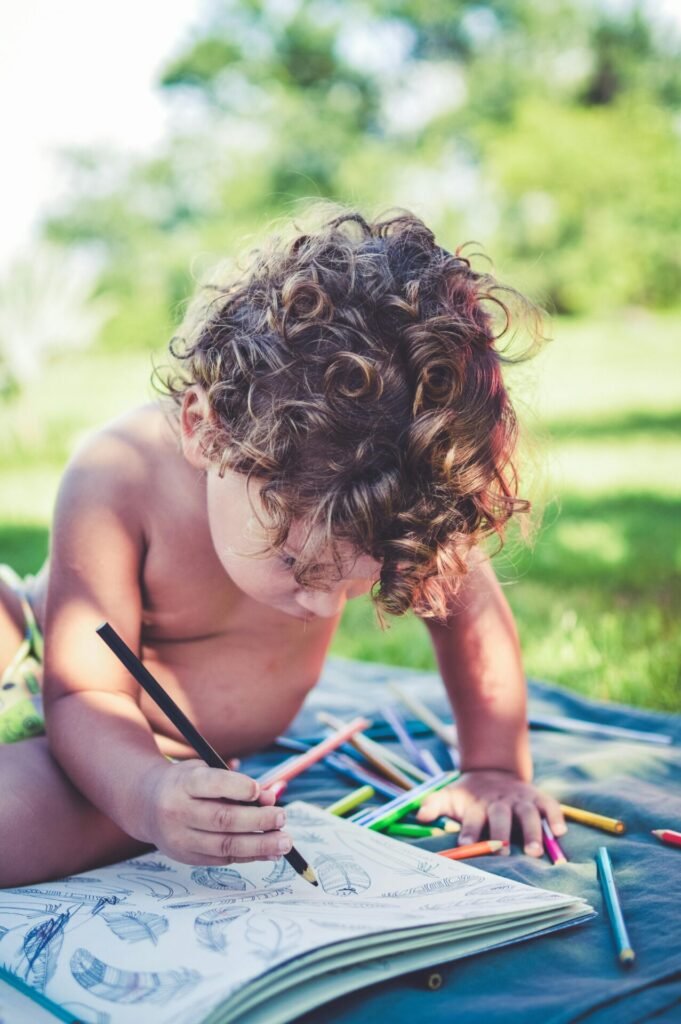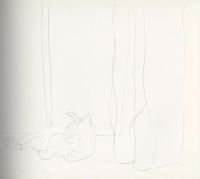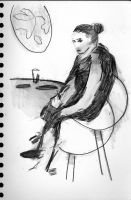Why Art Supplies Matter in Childhood Development
Choosing the best art supplies for kids can feel overwhelming with so many options on the market. As a parent, you want tools that are safe, age-appropriate, and inspiring—without cluttering your home or breaking the bank. This guide walks you through the essentials by age group and artistic medium, helping you build a creative toolkit that grows with your child. Whether your little one is just starting to scribble or your tween is exploring watercolor techniques, we’ve got you covered.
Art isn’t just fun—it’s foundational. Drawing, painting, and crafting help children develop fine motor skills, visual-spatial awareness, emotional expression, and creative problem-solving. The right materials can encourage exploration, build confidence, and support a lifelong love of creativity.
Art Supply Essentials by Age Group
Toddlers (Ages 1–3)
At this stage, art is all about sensory exploration. Choose supplies that are safe, washable, and easy to grip.
- Chunky crayons: Large, break-resistant crayons are perfect for little hands.
- Finger paints: Non-toxic, washable paints let toddlers explore color and texture.
- Large paper rolls: Tape them to the floor or table for mess-friendly freedom.
- Palm-grip paintbrushes: Designed for toddlers still developing coordination.
- Intro sketchbooks: Look for thick, tear-resistant pages that can handle wet media.
Keep expectations low—this is about process, not product. Let them get messy and enjoy the experience.
Preschoolers (Ages 4–5)
Preschoolers begin to show more control and intention in their art. This is a great time to introduce more variety.
- Washable markers: Broad tips and bold colors make them fun and easy to use.
- Watercolor sets: Choose palettes with built-in mixing trays and soft brushes.
- Glue sticks and safety scissors: Encourage simple collage and cutting projects.
- Construction paper: Bright colors and easy tearing make it a staple.
- Beginner sketchbooks: Spiral-bound books with medium-weight paper are ideal for daily drawing.
Encourage storytelling through pictures and let them explain their creations in their own words.
Early Elementary (Ages 6–8)
Kids at this age are ready for more refined tools and techniques. They’re developing preferences and starting to explore specific styles.
- Colored pencils: Great for detail work and layering.
- Tempera paints: Vibrant, washable, and ideal for classroom-style painting.
- Fine-tip markers: Useful for outlining and adding detail.
- Craft kits: Pre-packaged sets for jewelry, clay, or paper crafts can spark new interests.
- Sketchbooks with heavier paper: Look for acid-free pages that can handle light wet media.
This is also a great time to introduce basic art vocabulary—like shading, blending, and composition—through casual conversation.
Tweens (Ages 9–12)
Tweens often begin to take their art more seriously. They may want to emulate favorite artists or explore digital tools.
- Graphite pencil sets: Include a range of hardness for sketching and shading.
- Watercolor pencils: Blend dry or with water for painterly effects.
- Acrylic paints: Introduce thicker paints for canvas or mixed media.
- Brush variety packs: Different shapes and sizes for experimenting with texture.
- Hardcover sketchbooks: Encourage daily drawing and idea development.
Let them choose some of their own supplies—it builds ownership and helps them develop personal style.
Choosing the Right Sketchbook for Your Child
Sketchbooks are more than just blank pages—they’re a creative playground. Here’s how to choose the right one:
For Younger Kids
- Spiral-bound: Easy to flip and lay flat.
- Thick pages: Prevent tearing and allow for markers or paint.
- Unlined: Gives full freedom for drawing and collage.
For Older Kids
- Hardcover or stitched binding: More durable and professional-feeling.
- Mixed media paper: Handles both dry and wet materials.
- Portable size: Encourages sketching on the go.
Encourage your child to personalize their sketchbook cover and treat it like a visual journal. It’s a safe space for experimentation, mistakes, and growth.
Medium-Specific Art Supply Recommendations
Drawing
- Graphite pencils
- Erasers (kneaded and vinyl)
- Blending stumps
- Rulers and templates
- Sketchbooks with smooth paper
Painting
- Watercolor sets or pans
- Tempera or acrylic paints
- Brushes in various sizes
- Water cups and palettes
- Canvas boards or watercolor paper
Crafting
- Glue sticks and liquid glue
- Child-safe scissors
- Pipe cleaners, pom-poms, googly eyes
- Felt sheets and foam shapes
- Storage bins for organizing supplies
Digital Art (for older kids)
- Drawing tablets
- Stylus pens
- Free drawing apps
- Digital sketchbooks or cloud storage
Digital tools can complement traditional media and open new doors for creative exploration.

Sketchbooks.org | SUBJECT MATTER
Forest Floor to Canopy | Sketch Challenge
Understanding Vertical Ecology Through Art The forest holds a world within its vertical layers—a story that begins beneath our feet and stretches skyward to the sunlit canopy. The Forest Floor to Canopy Sketch Challenge invites...
Frequently Asked Questions
What are the best art supplies for kids just starting out?
Start with washable markers, crayons, glue sticks, and a sketchbook with thick pages.
Are sketchbooks necessary for young children?
Yes, they provide a consistent space for creativity and help track progress over time.
What’s the safest paint for toddlers?
Non-toxic, washable finger paints are ideal for sensory play and easy cleanup.
How do I store art supplies at home?
Use labeled bins, rolling carts, or drawer organizers to keep materials accessible and tidy.
Should I buy expensive supplies for my child?
Not at first—start with quality basics and upgrade as their interest and skill grow.
How often should kids use their sketchbooks?
There’s no rule, but regular use—daily or weekly—helps build creative habits.
What’s the difference between watercolor and tempera paint?
Watercolor is transparent and soft; tempera is opaque and vibrant, better for bold projects.
Can digital art replace traditional supplies?
It can complement them, but hands-on materials are still essential for tactile learning.
Final Thoughts
Choosing the best art supplies for kids isn’t about having the biggest collection—it’s about offering the right tools at the right time. By tailoring materials to your child’s age, interests, and creative goals, you empower them to explore, express, and grow. A simple sketchbook, a few well-chosen tools, and your encouragement can go a long way in nurturing their artistic journey.
Let their creativity unfold one page, one brushstroke, one idea at a time.
Ready to Share Your Work?








When I have kids, they are getting everything arty I can find.
art = more messy